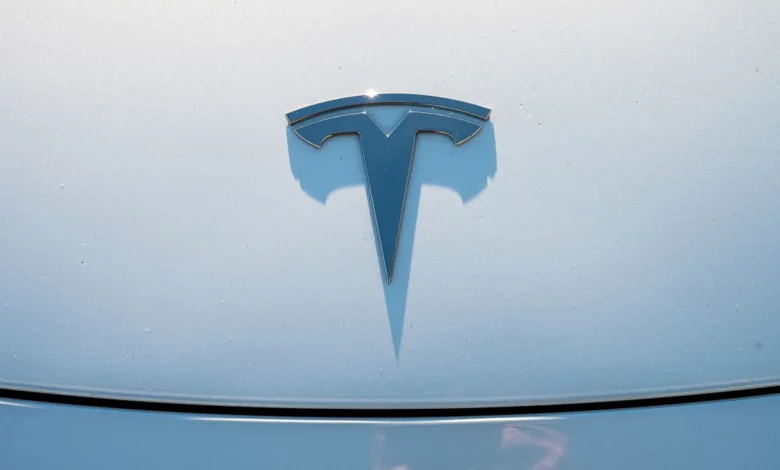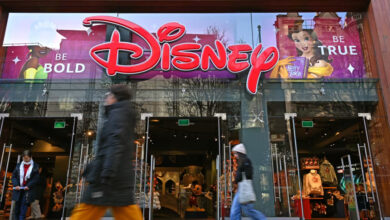
But Musk, on a Friday afternoon, when companies tend to bury news, announced on X that Tesla would unveil its robotaxi on August 8.
His post was simple and included no details. “Tesla Robotaxi unveil on 8/8,” the Tesla CEO (and owner of X) posted.
Musk has said in the past that Tesla will make a car without controls for a human to use. He has also said in the past that Tesla cars equipped with Full Self-Driving Capability will, through software updates, gradually become better and better at driving. At some point, the cars will be capable of operating as fully autonomous taxis and could earn money for their owners by giving taxi rides on their own, Musk has repeatedly said.
So far, the company has passed several of Musk’s predictions for when actual self-driving would be possible.
Tesla five years ago, in April 2019, said it expected to begin operating robotaxis by 2020. The company predicted the autonomous cars would last 11 years and drive 1 million miles, making the company and the car’s operators $30,000 in profit each year.
But Musk also acknowledged that his track record for predictions can be off – sometimes by a mile.
“The only criticism and it’s a fair one, sometimes I’m not on time. But I get it done and the Tesla team gets it done,” Musk said at the April 2019 event.
Currently, Full Self-Driving capability can be purchased with a new Tesla Model 3, for instance, for an additional $12,000 added to the car’s roughly $40,000 purchase price. It can be also be purchased on a subscription basis for up to $199 a month, depending on how the car was originally equipped.
In small gray type, Tesla’s on-line description points out, “The currently enabled features require active driver supervision and do not make the vehicle autonomous,” meaning that it is not, in fact, capable of fully self-driving today.
Musk has said the system will one day make Tesla cars incredibly valuable.
“You can think of every car we sell or produce that has full autonomy capability as something that in the future may be worth five times what it is today,” he said in the company’s earnings call for the third quarter last year.
Experts who have tested the system say that, as of now, it is still far from being able to drive on its own without human intervention.
Kelly Funkhouser, associate director of vehicle technology for Consumer Reports, recently tested the system and said she’s less worried about its safety than she is about ordinary Tesla Autopilot, which is designed to provide more limited driving assistance mainly on highways. Ironically, that’s because the Full Self-Driving technology performs so poorly. Funkhouser described it as like giving control of your car to a novice teen driver.
“You’re not likely to tune out and become complacent or over-reliant on it,” she said. “In fact, I would say you’re potentially more alert.”
A number of companies, including Waymo, a subsidiary of Google’s parent company Alphabet, as well as GM subsidiary Cruise, are working on autonomous ride-sharing services.
Cruise has paused its testing work after one of its self-driving cars hit and dragged a pedestrian. An internal review found that company representatives had failed to be fully open with regulators about the incident. The company is being investigated by the Department of Justice over the incident.
Waymo recently had to recall its own cars after two of its cars hit the same tow truck within minutes of one another.




